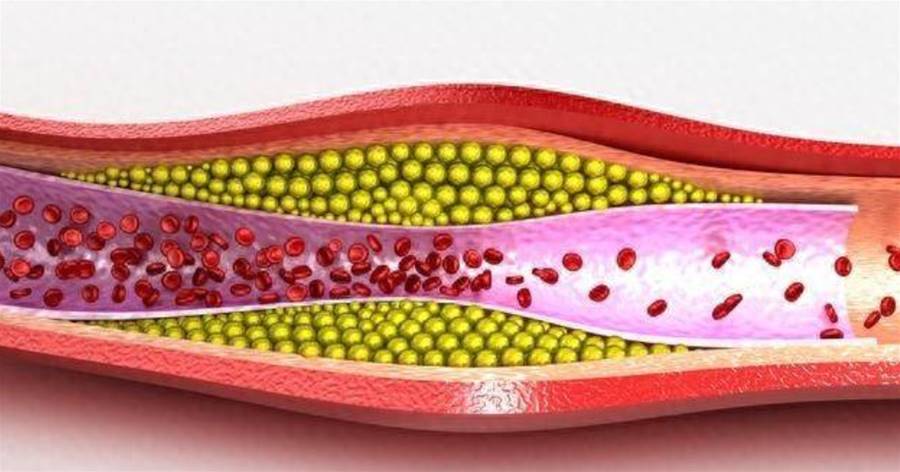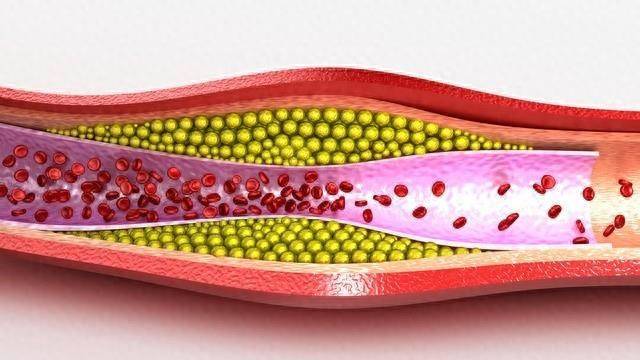
Low-density lipoprotein cholesterol (LDL-C) is commonly known as "bad cholesterol" and it is recommended to keep it low. High levels of LDL-C can accelerate the progression of atherosclerosis and increase the risk of diseases like stroke and heart attack. How is LDL-C formed and how can we prevent its oxidation?

1. Formation of LDL-C: Cholesterol in the body is synthesized by the liver and obtained from food. LDL-C acts as a transporter, delivering cholesterol to tissues and organs for cell membrane and hormone synthesis. When LDL-C enters the blood vessels and encounters inflammatory factors, it undergoes oxidative modification and transforms into LDL-C.
2. Formation of Plaque: Oxidized LDL-C attracts macrophages, which engulf the LDL-C particles, forming foam cells.
The accumulation of foam cells leads to the formation of lipid plaques in the endothelium of blood vessels.

Preventing LDL-C Oxidation:
1. Control of LDL-C: To reverse plaque formation, LDL-C levels should be reduced and oxidation prevented. The Chinese Blood Lipid Management Guidelines recommend lowering LDL-C to 1.
8 or below for more effective reduction of plaque formation.
2. Reversal of Soft Plaques: Soft plaques, which contain more lipid components, are more easily reversible. Effective treatment and continuous adjustment of treatment plans are necessary for the reversal process, which may take 1 to 2 years.
3. Avoiding LDL-C Oxidation: High-sugar diets stimulate continuous synthesis of "bad cholesterol" in the liver and inhibit its metabolism.
Fried foods can accelerate cholesterol oxidation due to high temperatures and unsaturated fats. Cooking methods such as steaming, boiling, and stewing are recommended to minimize oxidation.

Preventing LDL-C Oxidation with Antioxidants :
1. Vitamin C: As a water-soluble antioxidant, vitamin C participates in various reactions, including the reduction of oxidized glutathione to prevent oxidative damage.
It is mainly found in vegetables and fruits such as spinach, celery, citrus fruits, and lemons.
2. Vitamin A: Being fat-soluble, vitamin A reduces the synthesis of lipid oxidation products and functions as an antioxidant. It is present in animal-based foods such as fish roe, eggs, and dairy products, as well as certain yellow or green vegetables and fruits like carrots, mangoes, and tomatoes.
3. Vitamin E: Vitamin E is a fat-soluble antioxidant that interrupts the reaction chain of fat oxidation, serving as the first line of defense against oxidation.
It can be obtained from various oil-bearing seeds and plant oils such as sesame oil, sunflower seeds, peanuts, walnuts, lettuce, and peas.



















